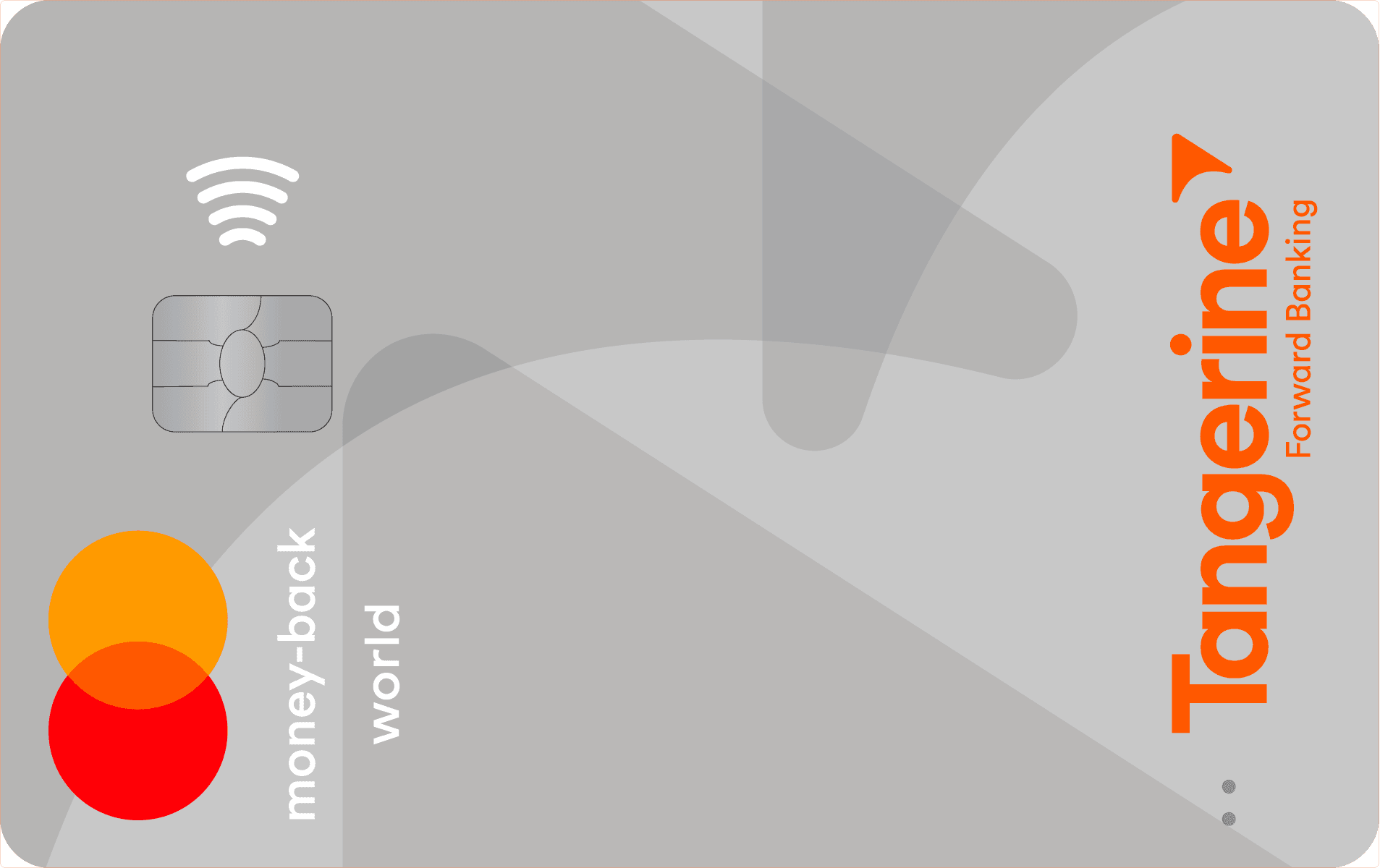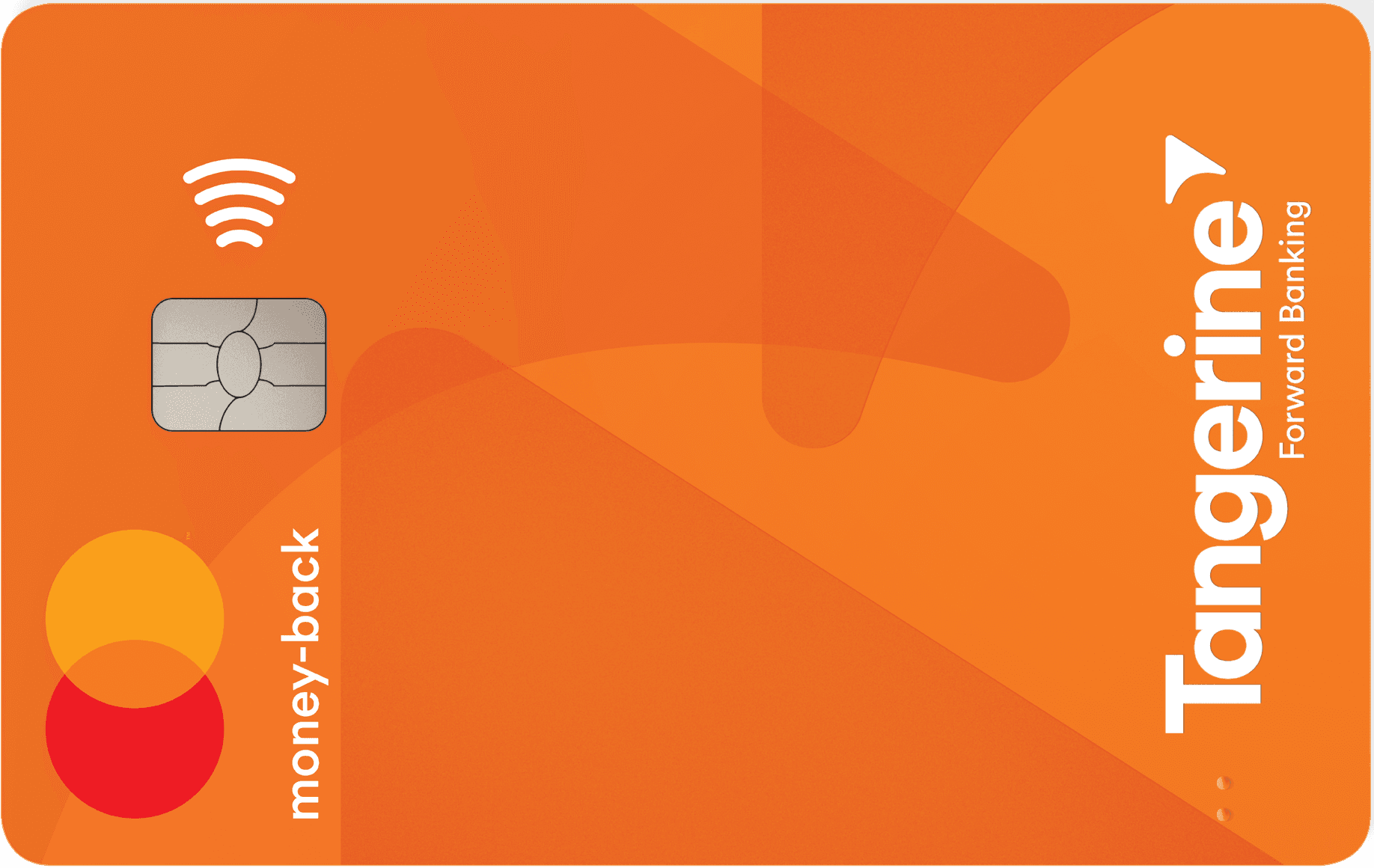Working hard in the background...
What is Credit Card Balance Protection Insurance?
Published Nov 25, 2025 12:56 PM
We all try our best to pay off our credit card balance when we can, but as with anything, there are certain circumstances that may come up that prevent us from being able to do so.
That’s where credit card balance protection comes in (also known as balance protection insurance or balance insurance). This optional type of protection helps you pay off or minimize your credit card balance when unforeseen incidents like job loss or illness make it difficult for you to cover your bills.
To uncover all there is to know about this helpful add-on, follow along through this comprehensive blog post.
When Does Credit Card Balance Protection Insurance Kick In?
Imagine that you’re already tight on cash, living pay-check-to-pay-check, and the company you work for suddenly undergoes some major budget cuts. These cuts lead to a long list of lay-offs, and unfortunately, you’re one of them.
This is an example of when balance protection insurance can step in to help you pay part of the bills you owe until you find a new job to help cover your monthly costs. There are also other common cases where you might need to rely on balance protection insurance, including illness, injury, disability, or even death.
Balance protection insurance, however, isn’t automatically linked to your credit card. You will need to opt into this coverage and pay a premium for it to be accessible. Balance protection insurance plans also very from card to card, so you’ll always want to check each individual card’s insurance certificate for the most accurate information.
What Does Credit Card Balance Protection Insurance Cover?
We briefly mentioned what balance protection insurance covers a couple of times, but let’s dive a little deeper into the scenarios that qualify for balance protection insurance:
- Job Loss: in this case, balance protection insurance may cover a percentage of your credit card balance up to a certain point – this might be somewhere around 10% to 20% of your balance.
- Death: in this situation, the cardholder’s balance would be paid off up to a specified amount if they died due to a covered reason. Sometimes, the card's insurance may even pay off the balance in full.
- Critical Illness: in the event of a covered critical illness, your balance may be paid off up to a certain point. In some cases, the balance may be paid off in full.
- Disability: if a covered disability renders you unable to work, some of your balance will be covered up to a certain amount.
- Legal Strike or Walkout: labour disputes are sometimes partially covered by certain credit cards, but this isn't always the case. Check your credit card’s insurance certificate for confirmation.
- Hospitalization: some protection plans may even support you by paying a portion of your credit card balance while you are hospitalized for a covered reason.
It’s important to note that your credit card balance protection insurance will cover part of the balance owed leading up to the covered incident. Any purchases made after the incident won’t be covered. Most credit card issuers will also only cover your minimum balance, which is something to keep in mind if you’re concerned about collecting interest.
For more details on what’s specifically covered by your card’s balance protection policies, always check your credit cards terms and conditions, typically found within the insurance certificate.
What Doesn’t Credit Card Balance Protection Insurance Cover?
To help you navigate your coverage even further, here are some examples of what credit card balance protection insurance doesn’t cover:
- Some policies may exclude coverage for pre-existing conditions.
- You might not be covered for job loss balance protection insurance if you undergo voluntary unemployment – for example, if you quit your job.
- Similarly, losing your job due to misconduct typically won’t be covered.
- Any short-term injury or disability may not be covered, especially if you’re expected to recover within a few weeks or can be accommodated at work in some way in the meantime.
- If the cardholder’s death was self-inflicted or the result of criminal activity, balance protection policies may not apply.
As always, for specific exclusions linked to your card, always consult your credit card’s insurance certificate.
How Does Credit Card Balance Protection Insurance Work?
Now that you have a rough idea of when balance protection can save you from debt and financial stress, let’s take a closer look into how this coverage works.
How do You Know if Your Credit Card Offers Balance Protection Insurance
Balance protection insurance is often offered as an add-on to certain credit cards. To check whether your card comes with the option to opt into this protection plan, always check your credit card agreement, your credit card’s certificate of insurance, or contact your card’s customer support hotline for clarification.
You can add credit card balance protection insurance at any time to a participating card, but you can also purchase it when you first apply for an eligible credit card or when you activate an eligible credit card, this way everything is set up for you right from the start.
How to Apply for Credit Card Balance Protection Insurance
To apply for credit card balance protection insurance, you may start the process either in person, by phone or online – just make sure you’re dealing with the institution that issued you the credit card you wish to insure. The application process may also differ depending on the credit card you have. Always review your credit card’s distinct terms and conditions to ensure their balance protection plan complements your needs.
Certain cards may also have specific eligibility conditions, such as age, employment or residency requirements for a successful balance protection application.
How to Make a Balance Protection Insurance Claim
Once you’ve been approved for credit card balance protection insurance, there may come a time when you actually need to use it. If this happens, you’ll want to connect with your credit card issuer immediately either by phone or online to start the insurance claim process.
In this process, you may need to complete some claim forms and provide the following documentation:
- A termination notice or layoff letter from your employer (if you’re seeking coverage for job loss)
- Medical certificates, doctor’s notes, or hospitalization records (if you’re making a claim due to disability or illness)
- A diagnosis report (if you’re dealing with a critical illness and are in need of balance support)
- A death certificate and official proof of your relationship to the deceased (in the event that the cardholder has died)
After you’ve filed all the necessary information, you’ll need to wait patiently for approval.
How Much Does Credit Card Balance Protection Insurance Cost?
Credit card balance protection insurance can be quite expensive, but costs may fluctuate depending on factors like the cardholder’s age and health history – not to mention any specific terms outlined by each credit card issuer.
Typically, you’ll pay a monthly fee for your credit card balance protection insurance, often referred to as a premium. The amount you’ll owe each month will likely depend on your credit card balance. In simple terms, the higher your balance, the higher the fee. The amount owed for balance protection insurance can also change each month since your balance may change on a monthly basis. Some institutions charge a fixed rate for every $100 of your credit card balance, but others charge a much lower rate if your balance sits below a certain point. To determine what type of payment plan you can expect with your credit card, always check your card’s insurance certificate.
How to Find the Best Credit Card with Balance Protection Insurance
Several institutions offer credit cards with the option to opt into balance protection insurance, including popular ones like BMO, RBC, Scotiabank and TD. You’ll first and foremost always want to select a credit card that compliments your spending habits and then see if the card also comes with balance protection insurance as an add-on. If your top choice doesn’t come with this type of coverage extension, you can always pay for alternative insurance (something we’ll discuss later on).
Is Credit Card Balance Protection Insurance Worth It?
If you’re worried about having enough savings to cover your credit card balance in case the unexpected happens, then balance protection insurance could be worthwhile. However, you’ll also want to consider any other types of insurance you may have (perhaps through your employer) and whether its policies already provide you with adequate coverage.
You’ll also want to think about the cost of credit card balance protection insurance in relation to how much support you’ll actually receive towards your balance. For instance, if you have a larger balance, the minimum coverage provided by your credit card balance protection plan might not help you out too much. Or, if you have a big balance, you might have to pay a bigger monthly premium for more protection. Not to mention, this protection will only cover your outstanding balance before the covered incident, so you’ll still need to finance future bills. That’s a lot of money to spend when the whole point of this insurance program is to help those who fear they’ll need financial support – considering money might already be tight to begin with.
Alternatives to Credit Card Balance Protection Insurance
If you already have another insurance plan – like life insurance, disability insurance, or an employer’s plan – then you might not actually need credit card balance protection insurance at all. Just make sure that these alternative policies offer better or sufficient coverage when compared to your card’s optional balance protection insurance. In other words, read the fine print.
Perhaps one of the best things you can do other than pay for insurance is to always budget to set aside some emergency money. You can also consider some low-interest credit cards that will minimize your debt when carrying a balance or cards that enable you to make balance transfers from your current card to an account affiliated with them. Typically, these cards already come with a lower interest rate. Some good low-interest and balance-transfer cards include the Scotiabank Value Visa Card and the MBNA True Line Mastercard.
Conclusion
It’s nice to have a credit card that helps you prepare for the unexpected. That’s where credit cards with balance protection insurance become valuable. With the option to opt-into this type of insurance plan at any time, you know that you have access to a helping hand in case you lose your job or fall ill.
That said, always check your card’s balance protection insurance policies before opting in to make sure you meet the coverage criteria, and that the available coverage will be enough to support you. Otherwise, you can always look into alternative insurance plans or apply for other low-interest, balance-transfer-friendly credit cards that can help you get back on your feet.
Trending Offers

Tangerine® Money-Back World Mastercard®*

Tangerine Money-Back Mastercard

Neo World Elite® Mastercard®

Scotiabank Gold American Express® Card
What's on this Page
- When Does Credit Card Balance Protection Insurance Kick In?
- What Does Credit Card Balance Protection Insurance Cover?
- What Doesn’t Credit Card Balance Protection Insurance Cover?
- How Does Credit Card Balance Protection Insurance Work?
- How Much Does Credit Card Balance Protection Insurance Cost?
- How to Find the Best Credit Card with Balance Protection Insurance
- Is Credit Card Balance Protection Insurance Worth It?
- Alternatives to Credit Card Balance Protection Insurance
- Conclusion
About the author

Sara Skodak
Lead Writer
Since graduating from the University of Western Ontario, Sara has built a diverse writing portfolio, covering topics in the travel, business, and wellness sectors. As a self-started freelance content ...
SEE FULL BIO